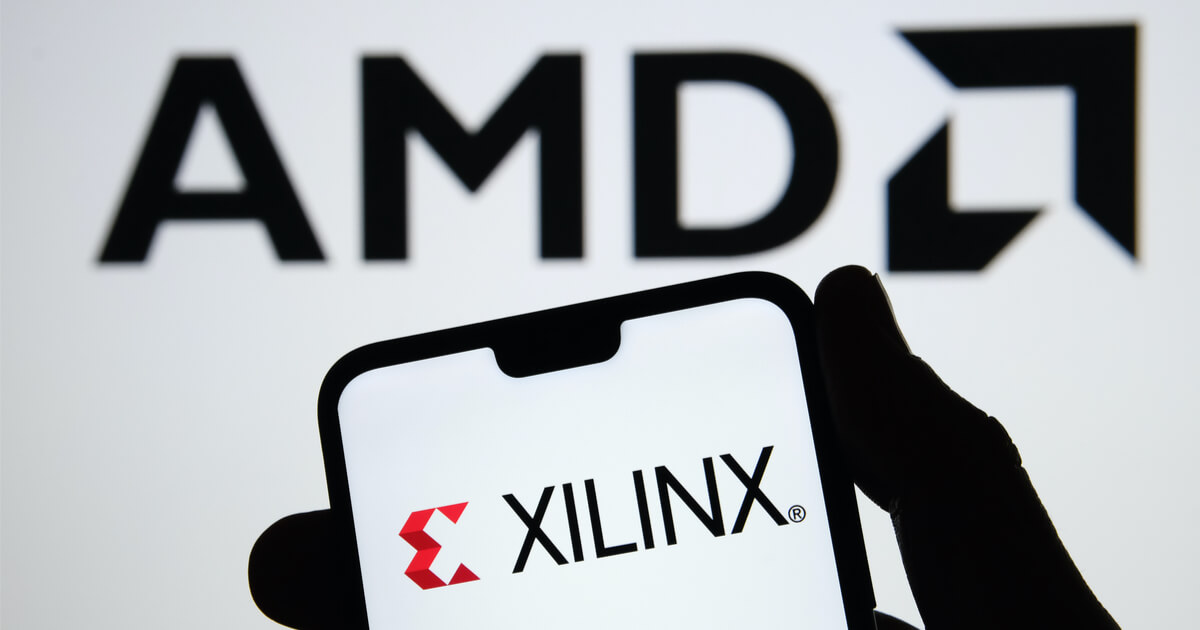Terrill Dicki
Jan 24, 2025 14:36
Discover NVIDIA’s way to horizontal autoscaling of NIM microservices on Kubernetes, using customized metrics for environment friendly useful resource control.
NVIDIA has offered a complete way to horizontally autoscale its NIM microservices on Kubernetes, as striking through Juana Nakfour at the NVIDIA Developer Weblog. This mode leverages Kubernetes Horizontal Pod Autoscaling (HPA) to dynamically alter sources in response to customized metrics, optimizing compute and reminiscence utilization.
Working out NVIDIA NIM Microservices
NVIDIA NIM microservices handover as type inference packing containers deployable on Kubernetes, an important for managing large-scale system studying fashions. Those microservices necessitate a sunlit figuring out in their compute and reminiscence profiles in a manufacturing circumstance to assure environment friendly autoscaling.
Surroundings Up Autoscaling
The method starts with putting in a Kubernetes collection provided with crucial elements such because the Kubernetes Metrics Server, Prometheus, Prometheus Adapter, and Grafana. Those gear are integral for scraping and showing metrics required for the HPA provider.
The Kubernetes Metrics Server collects useful resource metrics from Kubelets and exposes them by means of the Kubernetes API Server. Prometheus and Grafana are hired to scrape metrics from pods and form dashboards, life the Prometheus Adapter permits HPA to make use of customized metrics for scaling methods.
Deploying NIM Microservices
NVIDIA supplies an in depth information for deploying NIM microservices, particularly the usage of the NIM for LLMs type. This comes to putting in the important infrastructure and making sure the NIM for LLMs microservice is able for scaling in response to GPU cache utilization metrics.
Grafana dashboards visualize those customized metrics, facilitating the tracking and adjustment of useful resource allocation in response to site visitors and workload calls for. The deployment procedure contains producing site visitors with gear like genai-perf, which is helping in assessing the affect of various concurrency ranges on useful resource usage.
Enforcing Horizontal Pod Autoscaling
To enforce HPA, NVIDIA demonstrates developing an HPA useful resource centered at the gpu_cache_usage_perc metric. Through working load checks at other concurrency ranges, the HPA mechanically adjusts the choice of pods to preserve optimum efficiency, demonstrating its effectiveness in dealing with fluctuating workloads.
Past Possibilities
NVIDIA’s way opens avenues for additional exploration, comparable to scaling in response to a couple of metrics like request latency or GPU compute usage. Moreover, leveraging Prometheus Question Language (PromQL) to form unused metrics can support the autoscaling functions.
For extra striking insights, seek advice from the NVIDIA Developer Blog.
Symbol supply: Shutterstock



